What makes diaper-free different from traditional potty training?
When I talk about diaper-free, I sometimes encounter the statement or criticism that it is like classic potty training and is purely about conditioning.
But because there are many fundamental differences between potty training and diaper-free as a method, I want to write about exactly that in this blog article. You'll learn what characterizes both in each case, which will automatically make the differences clear.
Summary
What is diaper-free anyway?
Not everyone who knows the method is familiar with the name Diaperfree. In English, Diaperfree is called Elimination Communication, or EC for short. The German equivalent would be Ausscheidungskommunikation, which I find much more appropriate. I will explain why in more detail in a moment. Another term that is increasingly used in German-speaking countries is the Topffit method, which goes with the book of the same name TopfFit!: Der natürliche Weg mit oder ohne Windeln by Laurie Boucke.
But what is it actually about?
It's about communication in relation to elimination. It's about learning and paying attention to your baby's signals. Babies, by nature, don't want to soil themselves or others. They don't want to soil their nest and, accordingly, they don't want to excrete into a diaper for the first time, because that would ultimately soil them themselves.
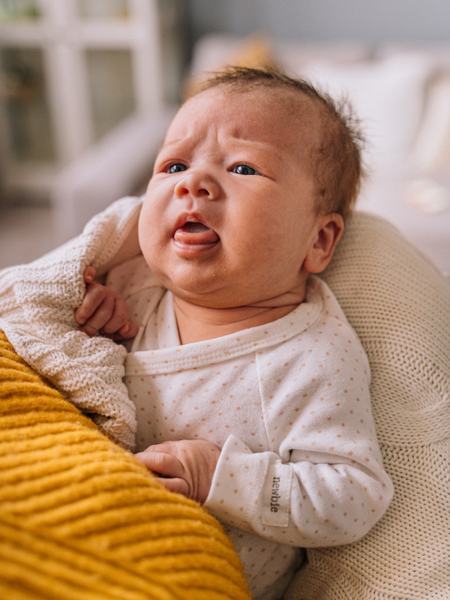
Babies therefore sense very precisely from birth when they need to eliminate and make this clear. This applies to both urine and bowel movements. This does not mean, however, that you necessarily have to start holding your bowels from birth. You can start at any later time just the same, although there are more favorable time windows than others.
So when you perceive that your baby needs to eliminate, you undress him and hold him over a potty, sink or toilet. In this way, you allow your baby to eliminate without getting himself or others dirty in the process.
Besides the signals, there are other ways you can tell that your baby needs to eliminate. This is discussed in detail in my online course Diaper Free. There you will learn everything you need to know to get started with diaper-free.
Learn about the diaper-free method in my online course
I have written an online course on the topic of diaper-free. You can register for this course on my website, receive access data to the learning portal and can learn the diaper-free method according to your schedule. You can find more information at my online course Diaperfree.
What is also important to know is that diaper-free does not mean that babies are not allowed to wear diapers. Diaperfree is versatile and very individual. You can go diaper-free the way it suits you as a family - with disposable diapers or cloth diapers as a backup, actually without diapers at all, only when you are at home, only during the day, only at night, ... There are really many possibilities and the most important thing is that it is so suitable for you and it doesn't cause any additional pressure. Diaper-free is meant to make everyday life easier, not harder.
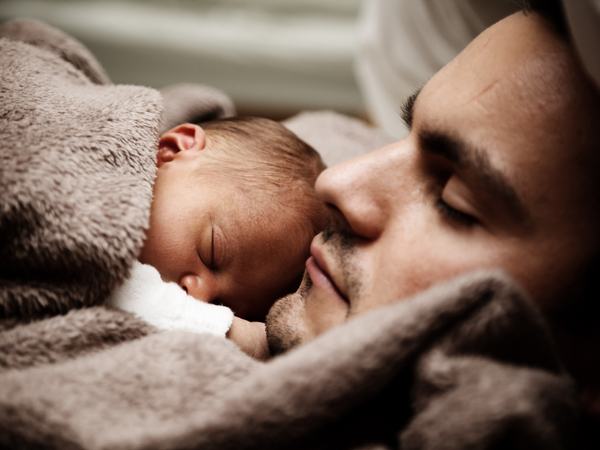
There is no perfection in Topffit. It's better to accept accidents and take the pressure off yourself that every pee really has to go in the potty. I find that the saying smile, wipe, wash helps a lot. I think that this originally comes from Nicola Schmidt, who wrote the book species-appropriate, among others, where the excretory communication is also thematized.
Depending on the phase, holding off can sometimes work better or sometimes worse. If your baby is going through a developmental spurt and is busy with something else, it may well be that more goes into the diaper. Your baby signals less because he is more distracted. After such developmental spurts, sometimes the signals your baby uses to show you that he or she needs to go sometimes change as well. Whenever it's not working well, I would take the pressure out first.
Diaper-free is still practiced in a lot of cultures these days. More children grow up without diapers than with. Signaling when babies need to go is purely instinctual behavior, though it's just not always that easy to get the signals right.
What is potty training?
In potty training, babies and toddlers have been wearing diapers for quite some time. The point here is that a child is supposed to eliminate in potties or the toilet at a time chosen by the adult. Thus, the training is arbitrarily controlled by the parents or another adult.
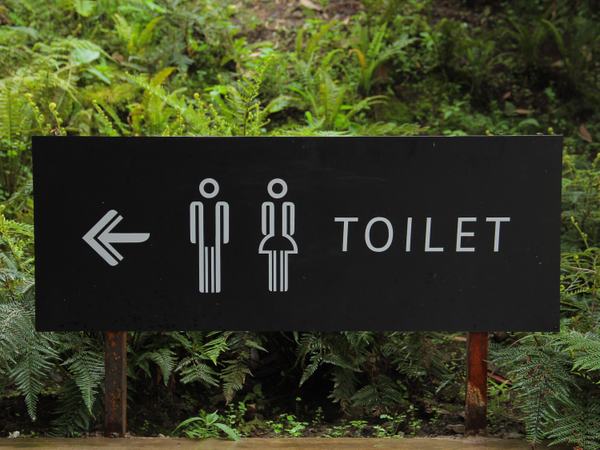
How might this work specifically?
First of all, an adult would suggest going to the toilet, regardless of whether the child actually expresses or shows that he or she needs to eliminate. Whereas the suggestion is just not a suggestion, but a request that the child go to the toilet or potty.
The child is now put on the toilet and the parents wait until the child has excreted, which can sometimes take a little longer if the child did not have to at that time.
If the child has excreted within the time limit, the adult shows his joy about it and praise follows. If the child has not eliminated, displeasure is expressed and the child may be additionally punished.
So much for the process. But what are the effects of this classic potty training?
Since potty training is not at all child-centered and sometimes even involves punishment, potty training can have a whole range of negative consequences.
Children thus have no opportunity to perceive and learn about the elimination of urine and stool as their own bodily functions. As a result, there is also a lack of learning and knowledge about conscious control of the sphincter muscles, whether it is tensing to hold in for a short time or relaxing to finally eliminate.
With many children, it is subsequently necessary to remind them to go to the toilet, or they really only go at the last second and then it really has to be immediately. Some children show this behavior independently of potty training, for example when they are engrossed in playing or do not want to interrupt the game. Therefore, it cannot be inferred from behavior whether potty training has been applied.
Basic differences
As you hopefully could see, Diaper Free and classic potty training are fundamentally different and the accusation of conditioning in Diaper Free is not tenable.
While diaper-free is oriented to the child with its needs, potty training is purely oriented to rhythms (and perhaps the arbitrariness) of the adult. In diaper-free, for example, babies give signals that they are eliminating and these are responded to. In potty training, the time of going to the toilet is chosen arbitrarily, regardless of whether the child needs to eliminate or not.
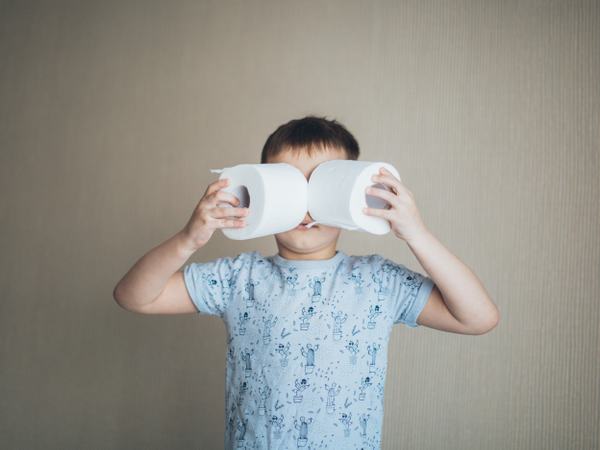
Diaper-free is intended to relieve everyday life and not to build up additional pressure. As a rule, babies are more content because their needs are perceived and responded to. With potty training, there is automatically more pressure for the child, since he or she is supposed to eliminate at a time that is not comprehensible to him or her, without perhaps knowing what that means and how a full bladder or bowel feels (the sense is lost over time if it is not responded to - especially with disposable diapers).
Reward and punishment, as used in extreme cases of potty training, create additional pressure and do not promote the inner need for development. Fear can dominate, inhibiting learning and development.
In fact, with diaper-free, there should be no such pressure. When the baby excretes in the potty, it's nice that it worked out and you can often see babies' satisfaction and relief right away. However, if the baby does not eliminate, this does not entail any negative consequence. Diaper-free is always an offer and not a compulsion.
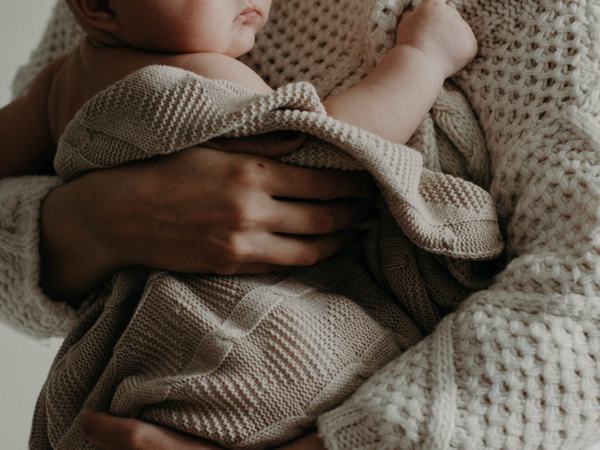
Does only diaper-free or potty training work?
Maybe your baby or toddler is currently wearing diapers and you are wondering what you can do now to help your child become dry. How you can support them to do so.
And even for families who have not practiced diaper-free from birth or possibly not at all, there are needs-oriented ways you can support your child in becoming dry. It is important that you use time windows in which your child offers it to you anyway. Maybe he doesn't want to put on a diaper. Maybe he deliberately seeks out a special place to eliminate. These are possible, meaningful windows of time for you to start.
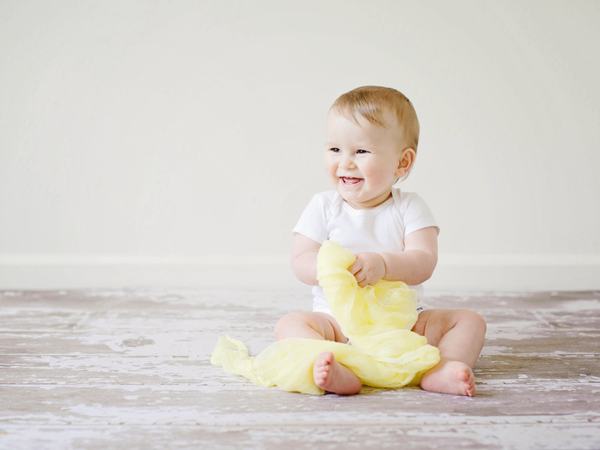
You can learn more about how to lovingly support your child in my online course Goodbye to Diapers.
Goodbye to diapers online course
Learn how to make the transition from diaper to potty in my online course, Goodbye to Diapers.
So you don't just have to choose between diaper-free from birth or classic potty training. Classic potty training, as I described it, should not be done at all. There is always a loving way to stay in contact with your child.
Conclusion
Now I have described what diaper-free means and how the classic potty training works. You should have already noticed significant differences. I will go into more detail about these differences later and you will see that the two cannot be compared.
In addition, it is important to me once again that you do not have to choose between diaper-free and potty training, but that there is also a loving way to accompany your baby when saying goodbye to the diaper.
Image sources
- Cover image: unsplash.com
- Image 1: pexels.com
- Image 2: pexels .com
- Image 3: pexels .com
- Image 4: pexels .com
- Image 5: pexels .com
- Image 6: pexels .com